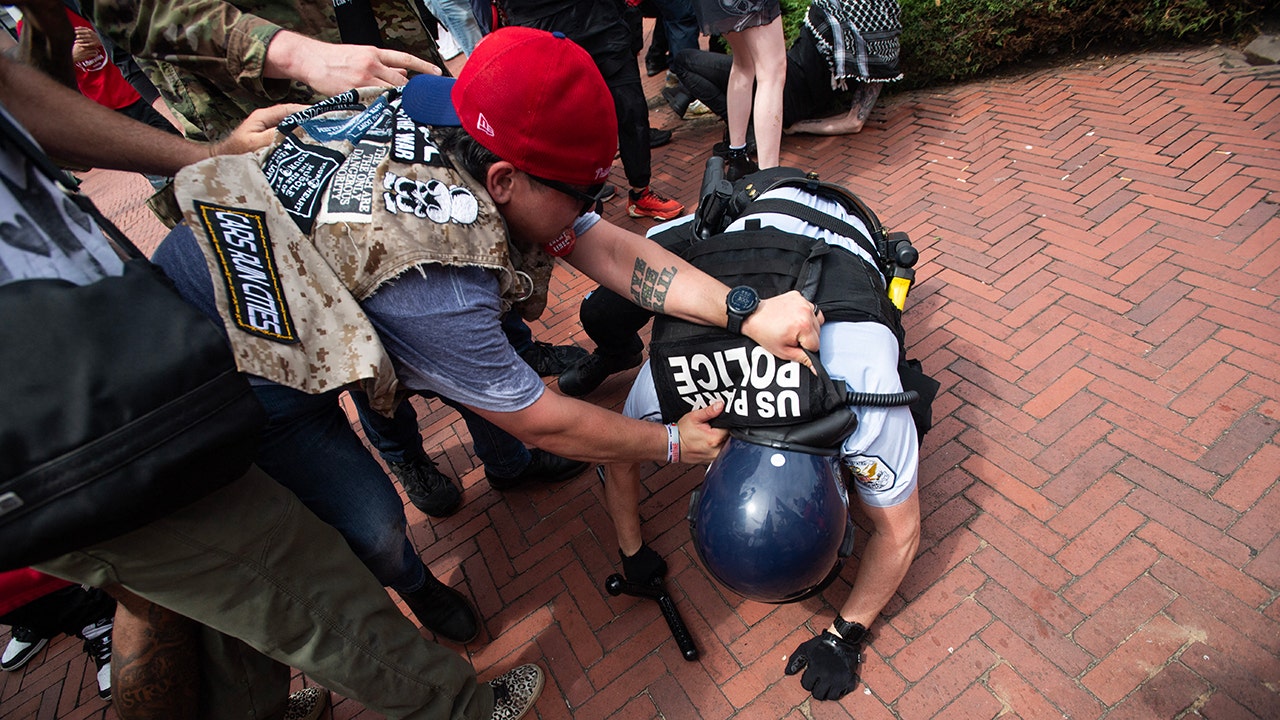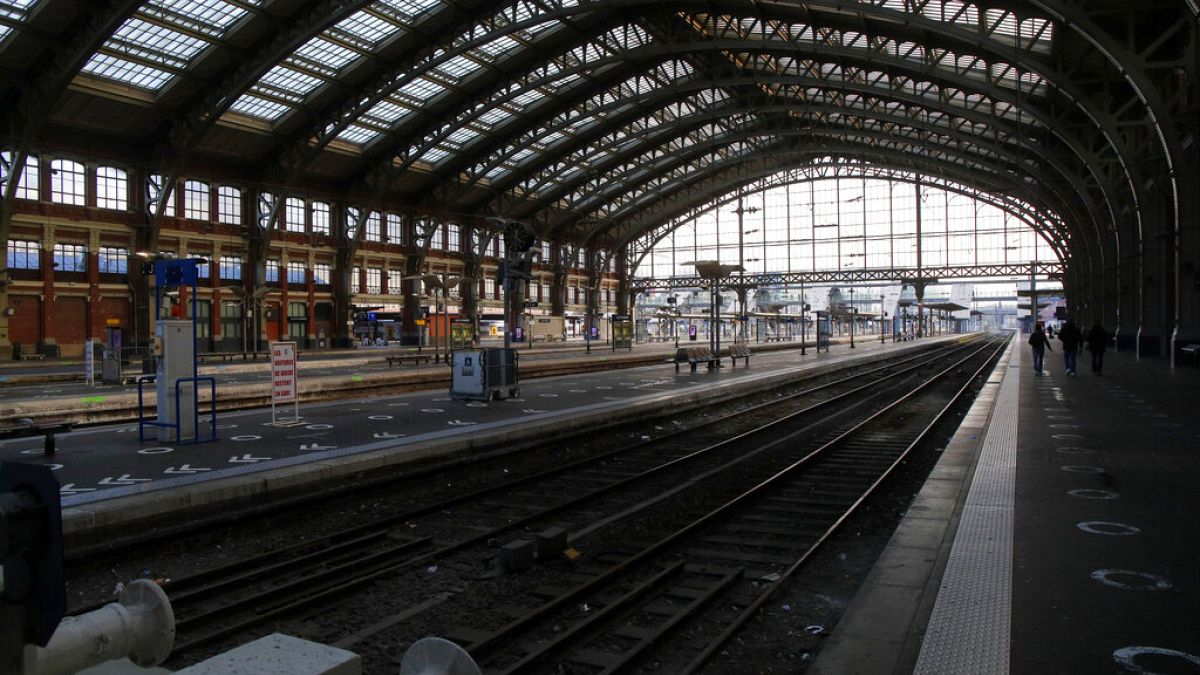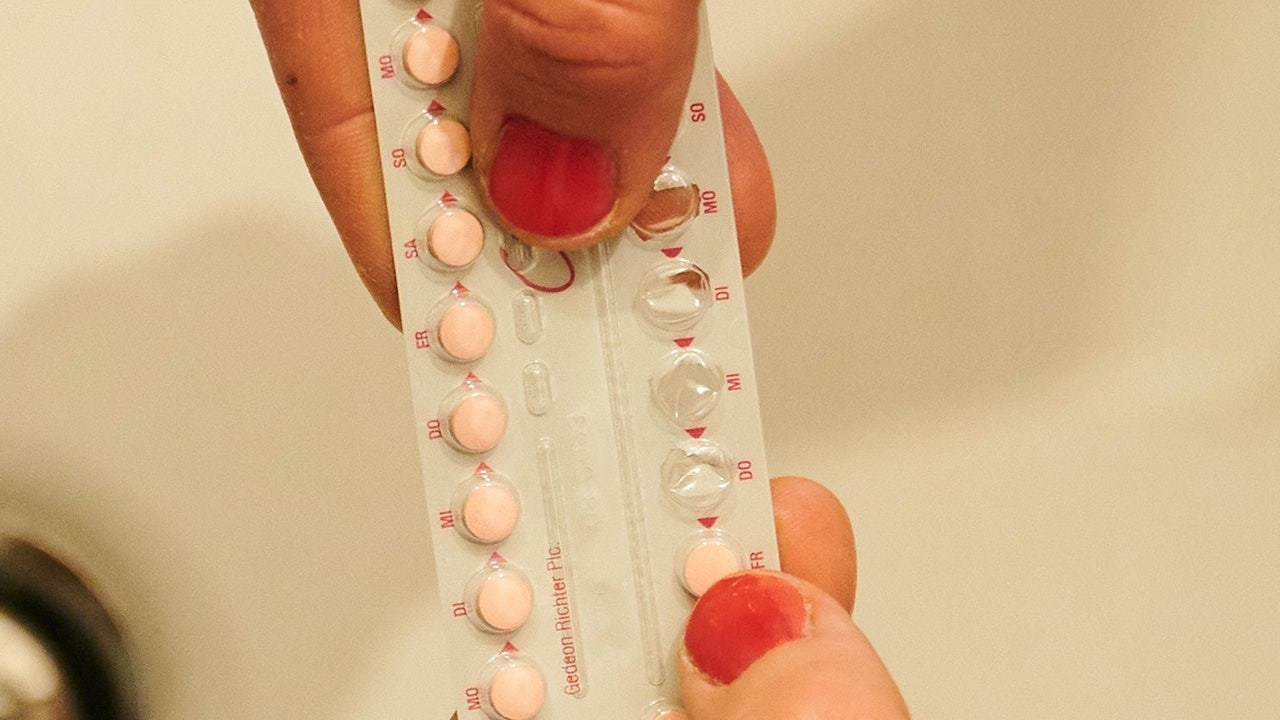Illinois
Paul Vallas: Illinois moves to eradicate parental choice
:quality(70):focal(1541x530:1551x540)/cloudfront-us-east-1.images.arcpublishing.com/tronc/R63RHQZBRVHQHDLWCRH3HYE3DU.JPG)
Chalkbeat Chicago reports that Gov. J.B. Pritzker’s 2024 budget, just approved in Springfield, adds another $570 million in education funding, a 6.2% increase that brings annual K-12 funding to $10.3 billion. And yet the legislature could not muster the courage to extend the modest Illinois Invest in Kids tax credit scholarship program.
Illinois Education Association President Kathi Griffin, in now classic union fashion, has said that “once we get to fully funding our schools, then let’s talk about adding these types of programs.” Hogwash!
The scholarship programs, signed into law by then-Gov. Bruce Rauner, costs the state $75 million, or less than 1% of annual state spending on K-12 public education. Analysis from Chalkbeat Chicago shows that since 2017 when the scholarship program was enacted, state funding for K-12 public schools has risen by $1.6 billion, with almost all of the new state funding going to districts with high percentages of students from low-income families.
An analysis of 2021 U.S. census data by Wirepoints shows that Illinois spends 20% to 60% more per pupil than its neighbors and other Midwestern states. At $18,316, Illinois ranks ninth in the nation on education funding per student. Teacher union-led efforts to block the scholarship programs renewal is a continuation of a campaign to eradicate competition to the traditional public education system that is defined by poor results, high taxes and little accountability.
What has the state to show for the increases in public school funding? State test scores that were low before COVID-19 have plummeted. The Illinois State Board of Education reports that 87% of students graduated in Illinois last year despite just 1 in 3 students taking the SAT at proficiency. Only 1 in 3 of all Illinois public school students, between third grade and eighth grade, could read at grade level on the state exam. For Black students, it’s closer to 1 in 10.
Closer to home, Chicago Public Schools spends almost $30,000 per pupil (including debt and capital payments), considerably more than the state average. The district reported record graduation rates last year. But the grim reality is that only 11% of Black and 17% of Latino CPS students, who make up almost four-fifths of enrollment, read at grade level, according to state data. This is a system failure issue, not a funding issue.
One would think that the well-documented strong performance of parochial and other private schools would compel the legislature to not only extend the successful Invest in Kids scholarship program but also make it permanent and even expand it. Not in Illinois.
Instead, state officials continue to genuflect to the self-serving whims of the same teachers unions that wreaked havoc on the lives and future prospects of our children by forcing draconian school lockdowns long after the science had concluded schools were safe to reopen. The damage to the well-being of children may never be fully repaired.
[ Willie Wilson: Unions can help reduce violence in Chicago with apprenticeships and jobs ]
We have seen more than two dozen states since 2019 enact or expand programs that support families electing to send their children to private schools. Thirty-one states and Puerto Rico now have state subsidized private parental choice programs.
Meanwhile, Illinois moves to eliminate its very modest private school choice program. Illinois would be one of the first states in the country to eliminate an existing parental choice program — this despite strong, post-pandemic public support for school choice in Illinois.
According to a poll conducted in the spring for the Illinois Policy Institute by Echelon Insights, 62% of Illinoisans support school choice compared to 28% who oppose it. Parents especially support parental choice, 70% to 21%, while nonparents favor it 57% to 33%. Nearly 60% of voters who were asked about the Invest in Kids program expressed approval.
A recent EdChoice survey found that 77% of Illinois parents and 70% of all Illinois adults support education savings accounts, or ESAs. These government-authorized savings accounts help pay for school tuition, tutoring, online education programs, therapies for students with special needs, and textbooks or other instructional materials, and they can be used to save for future college costs.
[ Cardinal Cupich: Lawmakers have the opportunity to improve education for all Illinois children ]
The assault on parental choice is not limited to private schools but extends to public schools as the state has all but blocked the creation of public charter schools. In Chicago, not only are the number of public charter schools capped but so is individual school enrollment. In addition, the 114 city public charter schools are effectively barred from even renting schools closed by the Rahm Emanuel administration. Meanwhile, the district imposes unfair financial obstacles to renting other buildings. This effectively forces a majority of Chicago charter school schools to educate children in inferior and often substandard buildings while dozens of public schools remain empty or are close to empty.
According to data from CPS’ 20th day enrollment from the 2020-21 school year, charter schools educate more than 54,000 school children in Chicago. In CPS, 1 in 4 high school students and 1 in 10 elementary students attend public nonprofit charter schools. More than 98% of the attendees are students of color, and more than 85% students receive free or reduced lunch.
Severely limiting their ability to access taxpayer-funded public buildings is a blatant form of discrimination. Along with teacher union attempts to end Invest in Kids, which benefits a disproportionate number of poor minority students, this constitutes educational redlining.
Given the enormous financial resources that the state commits to its K-12 public schools and with as much as 70% of local property tax revenue going to public schools, it’s high time to seriously consider offering parental choice on a major scale.
There is nothing progressive about keeping children’s education hostage because of their ZIP codes and families’ income.
Paul Vallas ran for Chicago mayor this year and in 2019 and was previously budget director for the city and CEO of Chicago Public Schools.
Submit a letter, of no more than 400 words, to the editor here or email letters@chicagotribune.com.

Illinois
Vice President Harris calls family of woman shot to death in Illinois
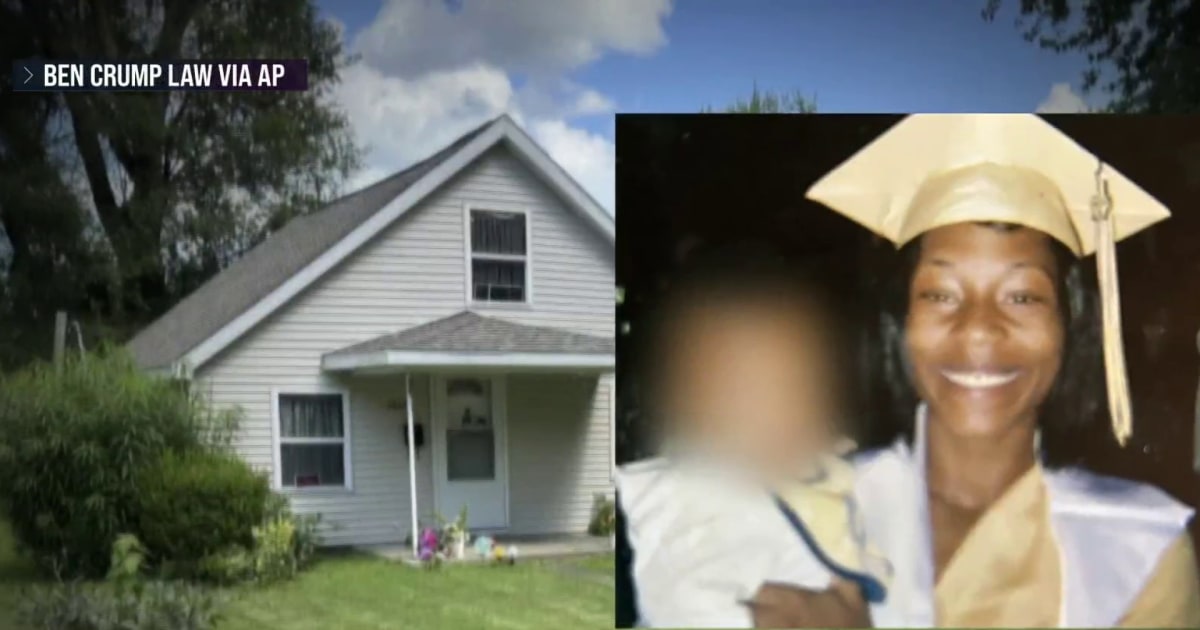
IE 11 is not supported. For an optimal experience visit our site on another browser.
-

Paris is a co-star in the Olympics
02:00
-
Now Playing

Vice President Harris calls family of woman shot to death in Illinois
02:14
-
UP NEXT

Team USA’s Katie Ledecky goes for more gold and glory in Paris
03:04
-

Spectacular Opening Ceremony kicks off Paris Olympics
02:40
-

Obama endorses Harris for president as Trump meets with Netanyahu
02:10
-

Massive fire rages in Northern California
01:42
-
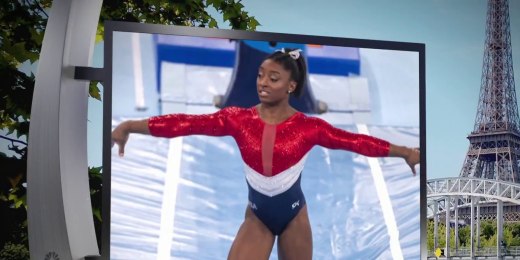
Who are the Team USA athletes to watch in Paris?
01:50
-

Biden and Harris press for a Gaza cease-fire and hostage deal in meetings with Netanyahu
02:28
-
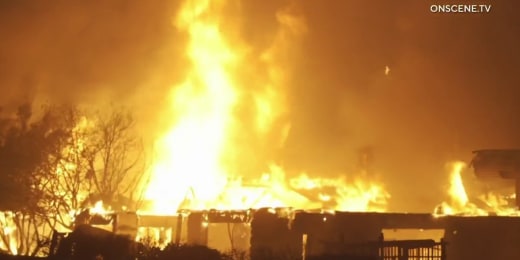
Northern California wildfire forces hundreds to evacuate
02:00
-

Southwest changes course on its signature open seating plan
01:29
-
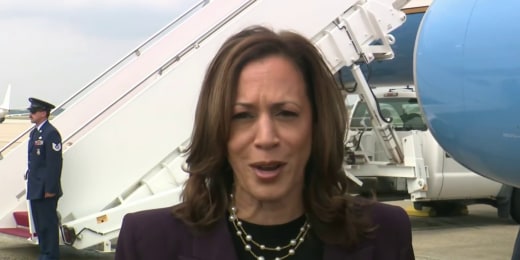
Harris says she’s ready to debate as Trump ramps up attack
03:21
-

Difficult journey to Paris Olympics for Ukrainian athletes
02:09
-

Fiery plane crash kills 18 in Nepal
01:13
-
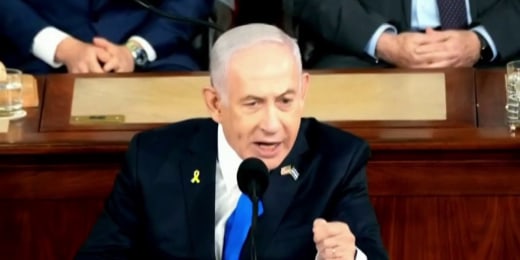
Netanyahu addresses joint meeting of Congress
01:53
-

Trump holds rally as FBI director reveals new details of assassination attempt
02:47
-
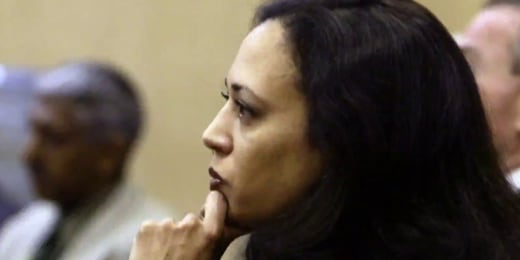
Harris’ time as a prosecutor will shape her candidacy for president
02:03
-
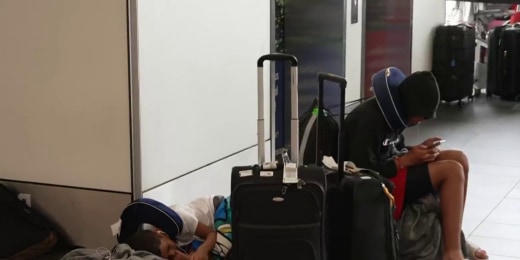
Four days after computer meltdown, Delta still plagued by cancellations
01:38
-
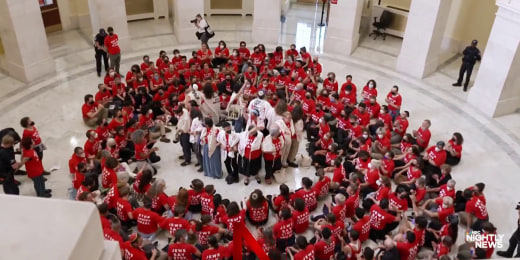
Netanyahu begins high-stakes Washington visit
01:35
-

Gen Z voters in Michigan weigh in on the presidential race
02:07
-
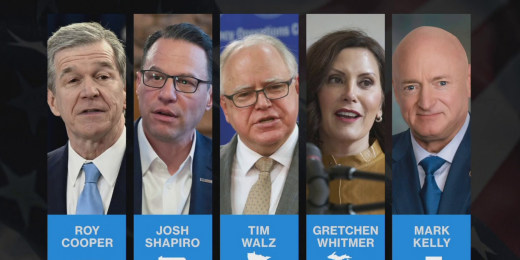
Narrow window for Harris to choose her running mate
01:02
-

Paris is a co-star in the Olympics
02:00
-
Now Playing

Vice President Harris calls family of woman shot to death in Illinois
02:14
-
UP NEXT

Team USA’s Katie Ledecky goes for more gold and glory in Paris
03:04
-

Spectacular Opening Ceremony kicks off Paris Olympics
02:40
-

Obama endorses Harris for president as Trump meets with Netanyahu
02:10
-

Massive fire rages in Northern California
01:42
Illinois
Sonya Massey, shot by Illinois sheriff’s deputy, died of gunshot wound to the head, autopsy finds

CHICAGO (CBS) — Authorities in central Illinois on Friday released an autopsy report that confirmed 36-year-old Sonya Massey died of a gunshot wound to the head, after she was shot by a sheriff’s deputy in Springfield earlier this month.
According to the autopsy report from the Sangamon County Coroner’s office, Massey was shot just beneath her left eye, and the bullet exited the back of her upper neck. The bullet caused a skull fracture, perforated her carotid artery, and caused bleeding in her brain.
Massey also suffered minor blunt force injuries to her right leg.
Sangamon County Sheriff’s deputy Sean Grayson has been charged with first-degree murder, aggravated battery with a firearm and official misconduct in Massey’s death. He has pleaded not guilty to all charges, and is being held in the Sangamon County Jail while he awaits trial. He was fired by the sheriff’s office after the shooting.
After learning of the autopsy results on Friday, Massey’s family said they are still struggling mentally and emotionally nearly three weeks after her death.
“I haven’t been able to sleep for real. The only time I really feel comfortable sleeping is when I’m just on the floor. I can’t even sleep in my bed,” said her son, Malachi Hill-Massey. “I really don’t have words. Like I’ve been said, I don’t have words for real.”
Massey’s uncle, Raymond, said her daughter has been “having nightmares to the point where we have to check the room.”
“It just makes me so angry to see my family hurt as they do,” Raymond said.
Bodycam video shows sheriff’s deputy shooting Massey inside her home
Authorities said Massey, a Black mother of two, called 911 in the early morning hours on Saturday, July 6, to report a suspected prowler outside her house near Springfield, Illinois.
The bodycam video shows Grayson and his partner, who are both White, arriving at Massey’s home, and searching outside the house and talking to Massey at the front door. They are later seen inside her home, and Deputy Grayson instructs Massey to check on a pot overheating on the stove, saying they don’t need a fire in the house.
Massey went to turn off the flame and picked up the pot. She asked where the deputies were going, to which Grayson replied, “Away from your hot, steaming water.”
Massey replied, “Away from my hot, steaming water?” and then twice said, “I rebuke you in the name of Jesus.”
“You’d better f***ing not. I swear to God, I’ll f***ing shoot you right in your f***ing face,” Grayson said. He then raised his gun and yelled at Massey to “drop the f***ing pot!”
Massey is seen apologizing and ducking for cover. Grayson opens fire—three shots are heard.
Massey’s family and friends claim authorities tried to cover up the fatal shooting
The family said if it weren’t for the bodycam video of the shooting that was released on Monday, no one would know the truth.
Massey’s friends and family have said police first suggested it was a neighbor who had a previous dispute with Massey who shot her, and then later suggested the shooting was self-inflicted.
Massey’s oldest son, Malachi, said no one from law enforcement ever told the family who actually shot Massey. He said he didn’t learn until he saw it on the news the next day.
Illinois
Sonya Massey shooting: Illinois State Police release bodycam

National outrage continues after Illinois State Police released new bodycam video of a sheriff’s deputy fatally shooting a Black woman in her home. Two officers were at Sonya Massey’s home to investigate reports of a prowler in the neighborhood. Please be warned that the video may be disturbing for some.
-

 World1 week ago
World1 week agoOne dead after car crashes into restaurant in Paris
-

 Midwest1 week ago
Midwest1 week agoMichigan rep posts video response to Stephen Colbert's joke about his RNC speech: 'Touché'
-

 News1 week ago
News1 week agoVideo: Young Republicans on Why Their Party Isn’t Reaching Gen Z (And What They Can Do About It)
-

 Movie Reviews1 week ago
Movie Reviews1 week agoMovie Review: A new generation drives into the storm in rousing ‘Twisters’
-

 News1 week ago
News1 week agoIn Milwaukee, Black Voters Struggle to Find a Home With Either Party
-
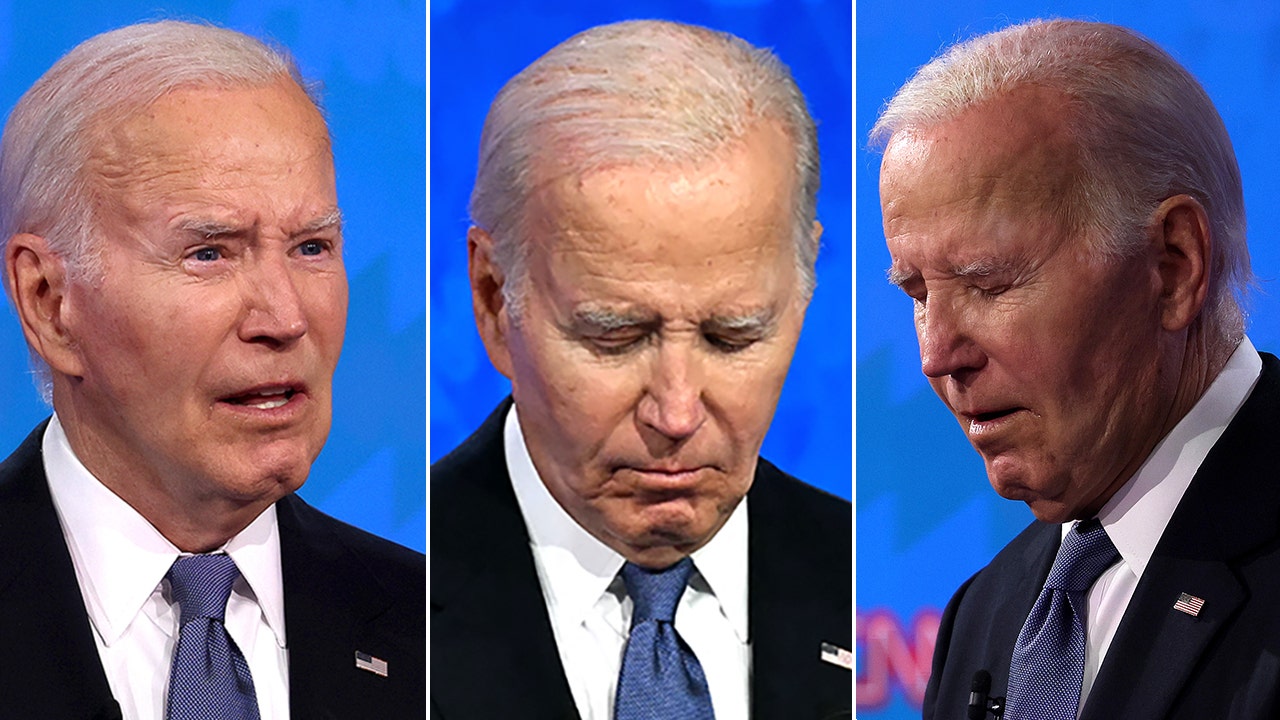
 Politics1 week ago
Politics1 week agoFox News Politics: The Call is Coming from Inside the House
-

 News1 week ago
News1 week agoVideo: J.D. Vance Accepts Vice-Presidential Nomination
-

 World1 week ago
World1 week agoTrump to take RNC stage for first speech since assassination attempt











